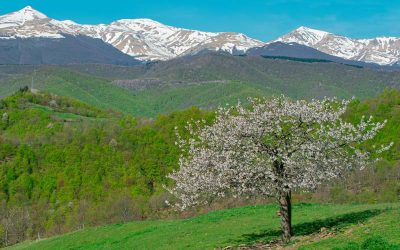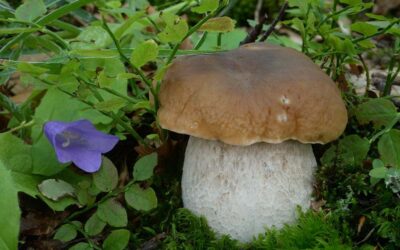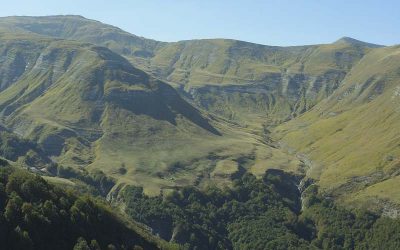The ancient Agricultural University of Rocca S. Maria
The ancient Agricultural University of Rocca S. Maria has its nucleus in the valley of the Tevera-Castiglione stream including its confluence with the Tordino, at the height of the Fiume hamlet.
On this auction there were three mills, two, very close to each other, located on the Tordino, below the hamlet of Fiume and another, located below the hamlet of Castiglione at a distance of about 1,200 meters. from the first two.
In the immediate vicinity of the mill of Castiglione, an ancient village famous for being the birthplace, in 1502, of the famous brigand Marco Sciarra, at the meeting point, on the stream, of the mule tracks to Cesa, Alvelli, Licciano, Fiume, Tevere and Riano there is also the ruin of an old tavern, once very popular with woodcutters and at the service of the numerous users of the mills.

An ancient path, starting from the mills of Fiume, reached the mill under Castiglione, passing alongside the tavern, and from that point it branched off into the path for Licciano, which then reached Fustagnano and Martesi, in the one for Alvelli, in that for Cesa and in the one that, passing through Castiglione, in front of the ruin of the house of the brigand Marco Sciarra, then reached with two distinct paths Riano, Tevere and, subsequently, the Ceppo and the Italia path.
Carried out some historical research of the places, we realize that we are in the ancient Agricultural University of Rocca S. Maria which subsequently also gave its name to the larger, homonymous, Municipality, formed, in its institution, also with the inclusion of part of the territories of the ancient Agricultural University of Rocca Bisegna and of Terra Morricana Montagna.
These paths that, coming from the villages, joined and reached the hamlet of Fiume on the Tordino river, represented the ancient road network of these places which, losing almost all their inhabitants, today are, despite the progress, less man-made people of the past.
Evocative are the historical events that describe these areas, impenetrable and straddling the Kingdom of the Two Sicilies and the Papal State, inhabited in 1500 and 1600 by the hordes of brigands of the two famous leaders Marco Sciarra da Castiglione and Sante Di Giovanni Giacomo, alias Santuccio Da Froscia, great-grandson of Sciarra and originally from Cesa.
Blog of the Wood
Hannibal and the Monti della Laga
The territory of Rocca Santa Maria is located in a geographical position of hinge between central and southern Italy,...
Il Ceppo: the ideal place for the kingdom of mushrooms
The Strain, due to the particular morphology of its territory, and its climatic characteristics, is the ideal place...
Discovering the Gran Sasso and Monti della Laga National Park
The Gran Sasso and Monti della Laga National Park is a place of extraordinary beauty, rich in animal and plant species...




